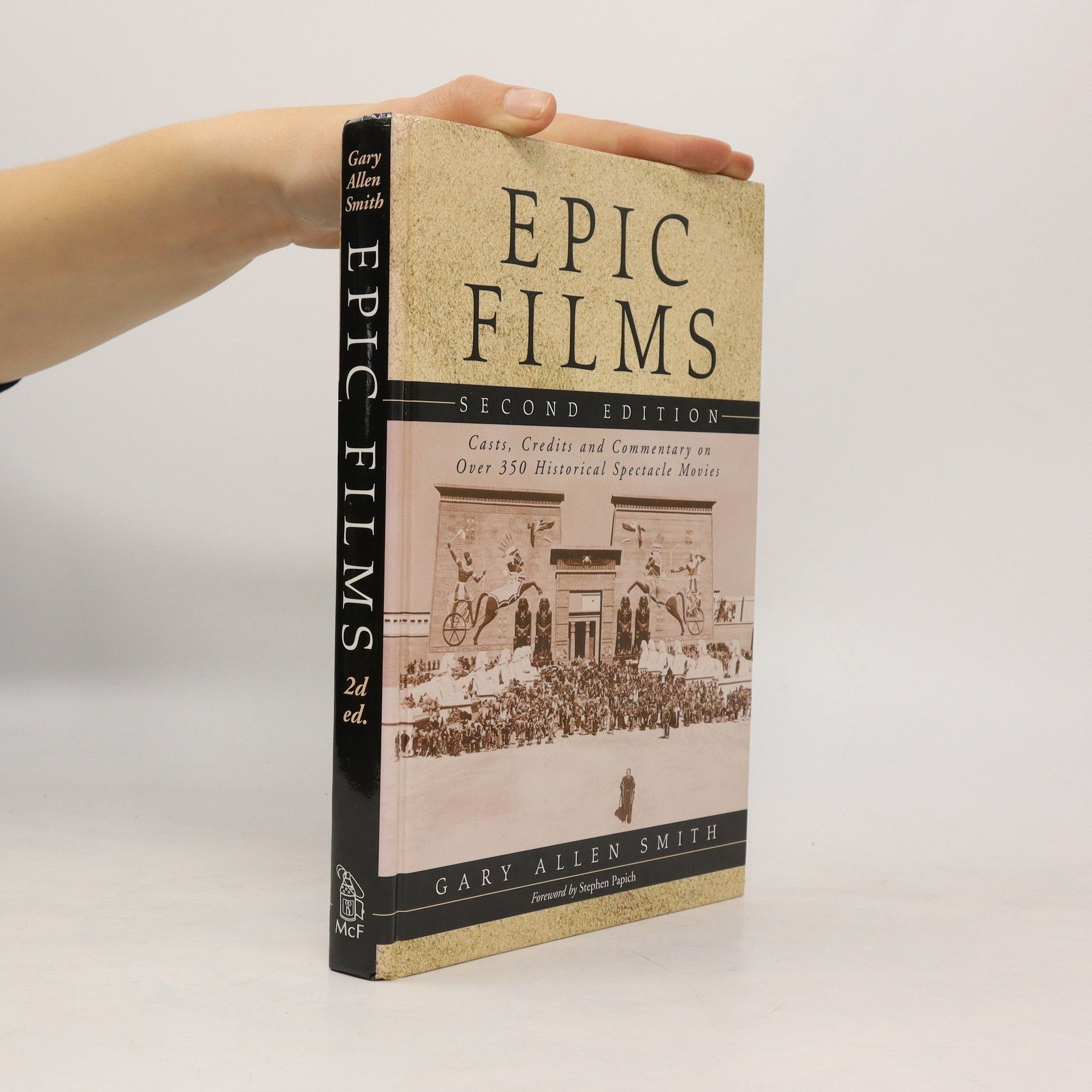"Epic" films, those concerned with monumental events and larger-than-life characters, cover the period from the Creation to the A.D. 1200s and have been churned out by Hollywood and overseas studios since the dawn of filmmaking. Arguably the master of the genre, Cecil B. DeMille hit upon the perfect mixture of sex, splendor, and the sacred to lure audiences to his epic productions. Each of the 355 alphabetically arranged entries in this book includes casts and credits, plot synopsis, and narratives on the making of the films. This second addition is accompanied by all new photographs.
Gary A. Smith Bücher




Hollywood and the Bible
- 222 Seiten
- 8 Lesestunden
Exploring the intersection of cinema and scripture, this illustrated history chronicles the surge of biblical films from 1949 to 1966, starting with Cecil B. DeMille's "Samson and Delilah" and concluding with John Huston's "The Bible...In the Beginning." It highlights the numerous cinematic adaptations of biblical stories that captivated audiences and left a lasting impact on the film industry, showcasing some of the most visually stunning movies ever produced.
The American International Pictures Video Guide
- 224 Seiten
- 8 Lesestunden
Focusing on American International Pictures (AIP), this guide offers an extensive alphabetical catalog of the studio's low-budget horror films targeted at teenagers, spanning from the 1950s to the 1980s. It includes a brief history of AIP, along with insights into its television productions and unfilmed projects. The text is enriched with numerous photographs, providing a visual context to the studio's impact on the genre and its legacy in home viewing formats like DVD and VHS.
Hollywood and the Bible (hardback)
- 222 Seiten
- 8 Lesestunden
The book explores the significant era of biblical films in Hollywood from 1949 to 1966, highlighting key productions like Cecil B. DeMille's "Samson and Delilah" and John Huston's "The Bible...In the Beginning." It details how this period saw a surge in cinematic adaptations of biblical stories, showcasing many films that have attained a legendary status for their grandeur and storytelling. Through illustrations, the book captures the cultural impact and artistic achievements of these biblical adaptations in film history.